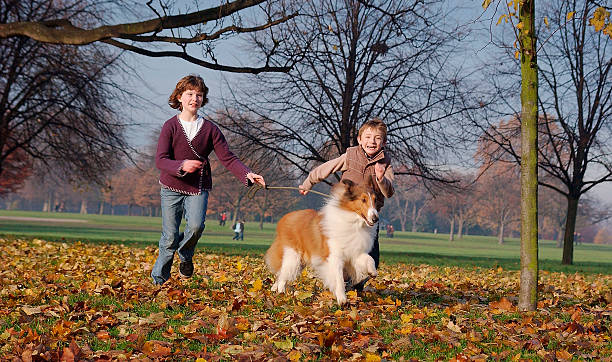Legal Considerations: 12 Ways to Mitigate DOG Distress During Thunderstorms
Thunderstorms can induce anxiety and distress in dogs, prompting pet owners to seek ways to alleviate their furry companions’ discomfort. While providing comfort to dogs during storms is essential, it’s equally important for pet owners to be aware of their legal responsibilities in ensuring the safety and well-being of their pets. This article delves into strategies for calming dogs during thunderstorms while shedding light on the legal obligations pet owners should keep in mind.
1. Safe Shelter:
Offering a safe indoor space for your dog to retreat to during storms is crucial. From a legal standpoint, ensuring your pet has adequate shelter aligns with animal welfare laws and responsible pet ownership guidelines.

2. Behavioral Training
Training dogs to associate positive experiences with storm-related sounds can help desensitize them. It’s essential to consider any noise-related ordinances in your area while utilizing training techniques.
Thundershirts and Wraps
Thundershirts and wraps can provide a sense of comfort by applying gentle pressure to a dog’s body. Always ensure that these accessories don’t impede your dog’s movement or cause discomfort.
4. Calming Music or White Noise
Playing calming music or using white noise machines can help mask the sounds of thunder and lightning. Be mindful of any noise ordinances in your community to avoid potential conflicts.
5. Behavior-Modifying Products
Consult with a veterinarian before using behavior-modifying products like pheromone diffusers or calming sprays. Abiding by regulations for pet products ensures your dog’s safety and well-being.
6. Medication Consultation:
In severe cases, consult a veterinarian about the possibility of using anti-anxiety medications. Legal considerations include adhering to prescription regulations and ensuring proper administration.
7. Creating a Comfortable Space:
Create a cozy space for your dog with their favorite toys and bedding. From a legal standpoint, ensuring your pet’s living conditions meet animal welfare standards is essential.
8. Positive Reinforcement:
Reward your dog for calm behavior during storms to reinforce positive associations. Employing positive reinforcement techniques aligns with ethical and legal principles of animal training.
9. Professional Consultation:
Seek advice from a professional dog trainer or behaviorist. When hiring a professional, ensure they are qualified and follow any regulations related to animal training in your jurisdiction.
10. Emergency Preparedness:
Incorporate your dog’s needs into your emergency preparedness plan. This not only ensures their safety but also adheres to legal obligations related to disaster planning for pets.
11. Identification and Microchipping:
In case your dog becomes anxious and escapes during a storm, proper identification and microchipping are vital. Complying with local pet registration and identification laws is essential.
12. Legal Duty of Care:
Pet owners have a legal duty of care to provide for their animals’ well-being. This encompasses ensuring their safety during thunderstorms and taking measures to prevent undue distress.

Calming a dog during thunderstorms involves both compassionate care and adherence to legal responsibilities. By employing the strategies mentioned above and understanding your obligations as a pet owner, you can provide comfort to your canine companion while staying compliant with relevant laws and regulations. Remember, your dog’s well-being and legal requirements go hand in hand, promoting a harmonious relationship between pet owners, pets, and the community.






